On the afternoon of July 26, the Vietnam Record Organization (VietKings) announced the first 20 records in the journey to search for and publish the top 100 immutable records of Vietnam for the first time in 2022.
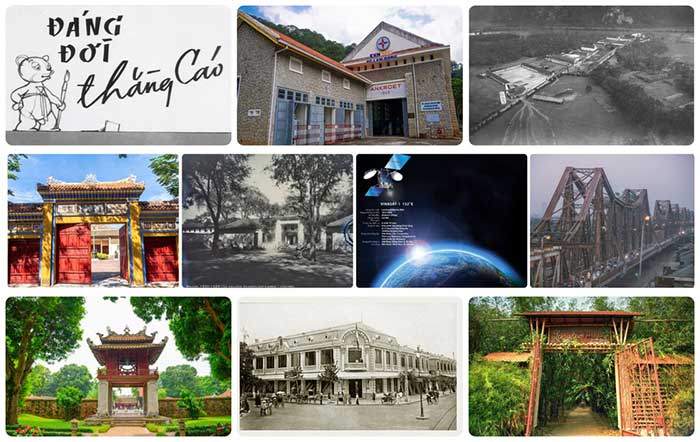
Top 10 immutable records with the “first” element of Vietnam – (Photo: VietKings)
The 20 records among the 100 immutable records of Vietnam recently announced include: the top 10 immutable records of nature and the top 10 immutable records with the “first” element of Vietnam.

Top 10 immutable records of nature
This record was evaluated by the Vietnam Record Organization based on the perspective of immutability and variability of phenomena, objects, entities, constructions, events… that have appeared, existed, and are nearly irreplaceable or are (or very rarely) broken over time.
Accordingly, the records that meet the criteria defined in this way tend to lean towards natural factors, having uniqueness or being almost sustainable over time, such as the longest river, the highest mountain, the longest mountain range; or outstanding constructions that carry the first element, such as the first university, the first built hotel, the first constructed bridge, the first factory…
Top 10 Immutable Records of Nature:
- 1. Fansipan (Lao Cai) – the highest mountain in Vietnam
- 2. Ba Be Lake (Bac Kan) – the largest natural freshwater lake in Vietnam
- 3. Phu Quoc Island (Kien Giang) – the largest island in Vietnam and the first island city of Vietnam
- 4. Dong Nai River – the longest inland river in Vietnam
- 5. O Quy Ho Pass (Lai Chau) – the longest pass in Vietnam
- 6. Truong Son Range – the longest mountain range in Vietnam
- 7. Tu San Abyss (Ha Giang) – the deepest abyss in Vietnam
- 8. Mother Elephant Rock (Dak Lak) – the largest monolithic granite rock in Vietnam
- 9. Ca Mau Mangrove Forest (Ca Mau) – the largest mangrove forest in Vietnam
- 10. Son Doong Cave (Quang Binh) – the largest natural cave in Vietnam.
Top 10 Immutable Records with the “First” Element
- 1. Temple of Literature – Quoc Tu Giam (Hanoi) – the first university in Vietnam
- 2. Ankroet Hydropower Plant (Lam Dong) – the first hydropower plant in Vietnam
- 3. The Tale of the Fox – the first animated film in Vietnam
- 4. Duyet Thi Duong (Thua Thien Hue) – the first national theater of Vietnam
- 5. The Money Printing Factory at Chi Ne Plantation (Hoa Binh) – the first money printing factory in Vietnam
- 6. Phu An Bamboo Village (Binh Duong) – the first bamboo museum and ecological conservation area in Vietnam
- 7. Vinasat-1 – the first geostationary telecommunications satellite of Vietnam
- 8. Long Bien Bridge (Hanoi) – the first steel bridge in Vietnam
- 9. Trang Tien Plaza (Hanoi) – the first shopping center in Vietnam
- 10. Le Quy Don High School (Ho Chi Minh City) – the first high school in Vietnam.
The top 100 immutable records of Vietnam are expected to be announced and awarded at the 55th Vietnamese Record Holders’ Gathering in early 2023.
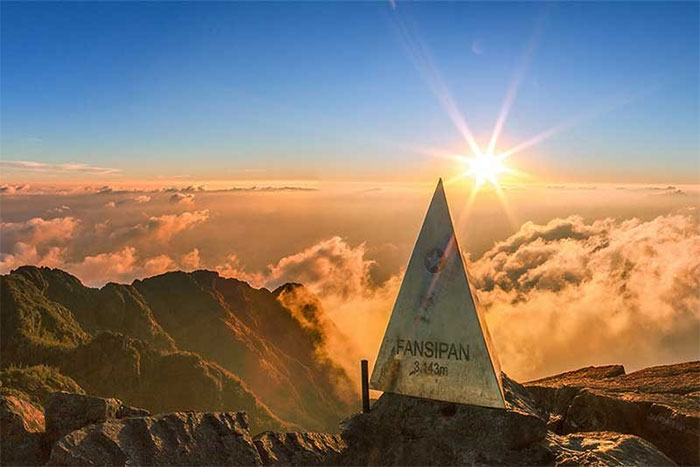
With an altitude of 3,143m (data from 1909), Fansipan is the highest mountain in the three Indochina countries.

Located at an altitude of 145m above sea level, Ba Be Lake is about 8km long and 20-25m deep, with a water surface area of 650 hectares. Ba Be Lake is the largest natural freshwater lake in Vietnam and is also among the top 100 natural freshwater lakes in the world.

Phu Quoc is the largest island in Vietnam, known as the pearl island. Since January 1, 2021, Phu Quoc officially became the first island city of Vietnam.
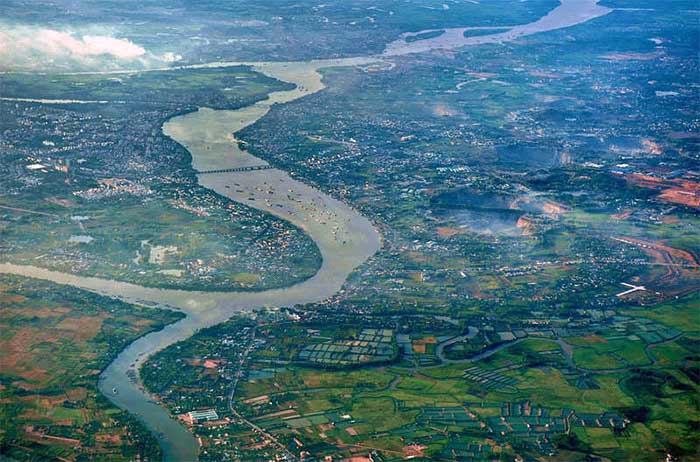
Dong Nai River is the longest inland river in Vietnam, the second largest in the South in terms of basin area, only after the Mekong River. Dong Nai River flows through the provinces of Lam Dong, Dak Nong, Binh Phuoc, Dong Nai, Binh Duong, and Ho Chi Minh City with a length of 586km.
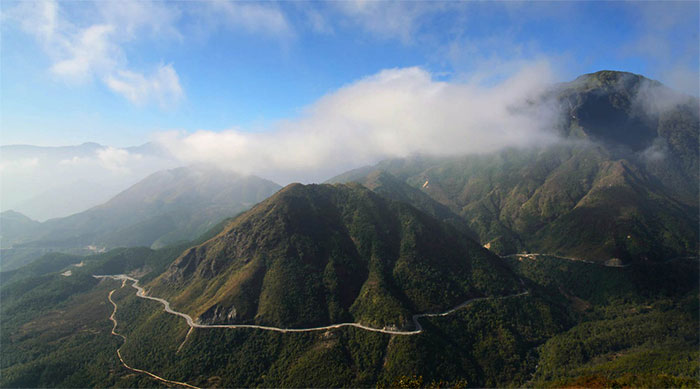
O Quy Ho Pass is 50km long, connecting the provinces of Lao Cai and Lai Chau; it is the longest pass in Vietnam with a treacherous and majestic route.
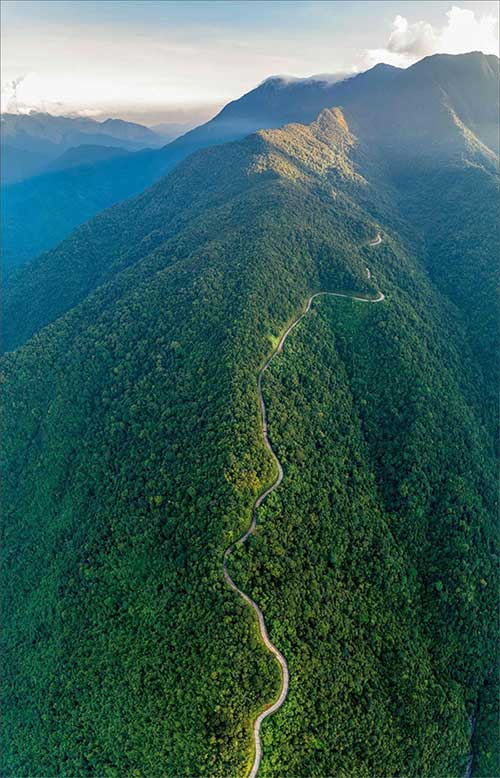
Truong Son Range has a length of over 1,100km, covering an area of about 22 million hectares. The Truong Son Range runs through 21 provinces and cities, divided into Northern and Southern Truong Son, separated by Hai Van Pass and Bach Ma Mountain.
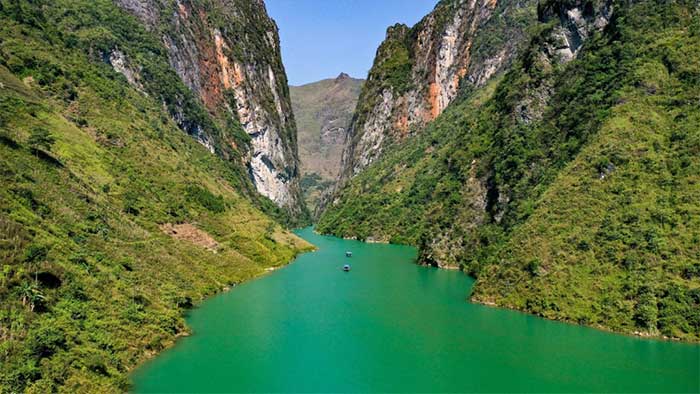
The Tu San Abyss is a deep abyss with cliff heights reaching 700 – 900m, extending up to 1.7km, located in the areas of three communes: Pai Lung, Pa Vi, and Xin Cai in Meo Vac district, Ha Giang province.
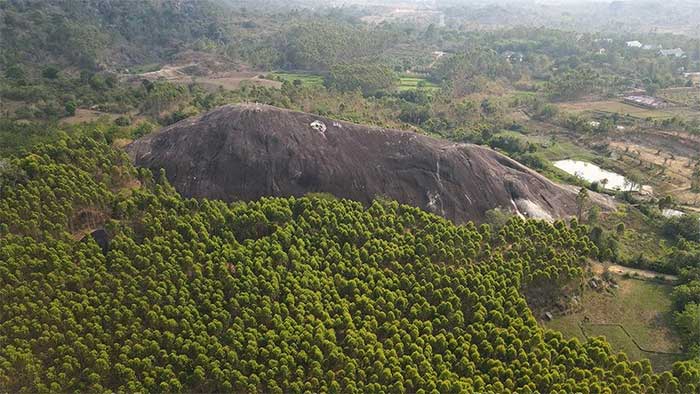
Mother Elephant Rock is approximately 200m long, with a circumference at the base of about 500m, and stands over 30m tall. This is the largest monolithic rock in Vietnam, located in Yang Réh commune, Krong Bong district, Dak Lak province.
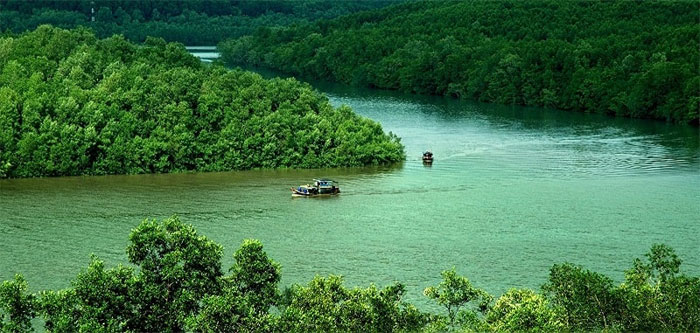
With a total area of up to 63,017 hectares, Ca Mau Mangrove Forest spans 6 districts: Dam Doi, Phu Tan, Tran Van Thoi, U Minh, Ngoc Hien, and Nam Can. Most of the area is located within the Ca Mau Biosphere Reserve and over 15,000 hectares are part of the Ca Mau National Park.

Son Doong Cave (Quang Binh) is the cave recognized by all three world record organizations as the largest natural cave in Vietnam. This cave is part of the Phong Nha – Ke Bang cave system and was first discovered in 1990.
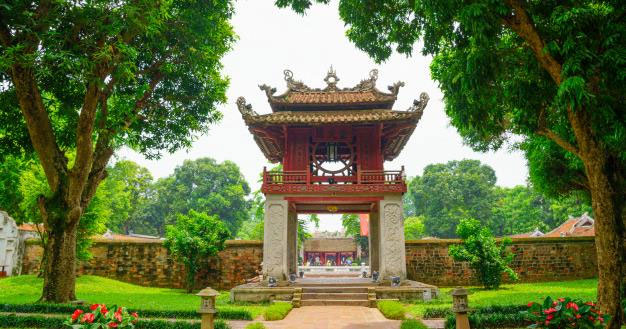
The Temple of Literature was built by King Ly Thanh Tong in 1070. By 1076, the Temple of Literature also had Quoc Tu Giam, which taught the children of officials in the court. This is considered the first university in Vietnam.
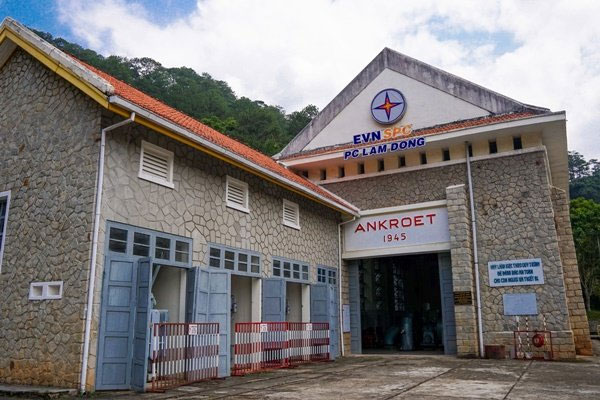
The Ankroet Hydropower Plant was constructed starting in 1942 and became operational in 1945. This hydropower plant is located in Lam Dong and was designed by the French. To date, the turbines have been renovated, increased in capacity, and continue to supply electricity to the city of Da Lat. It is regarded as the first hydropower plant in Vietnam.
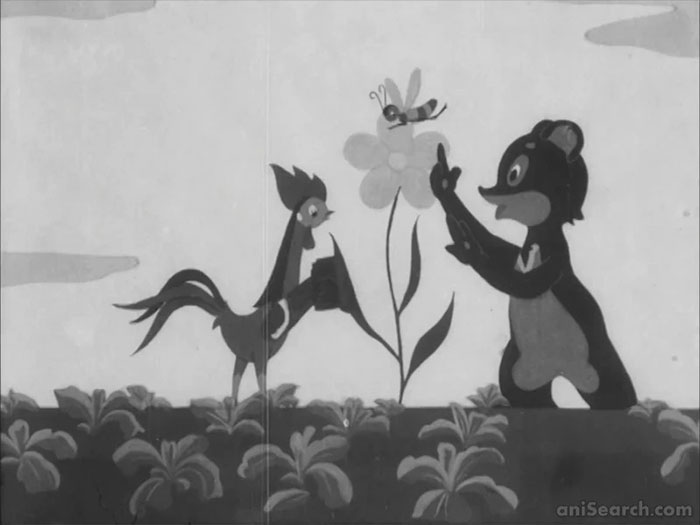
The film “The Tale of the Fox” is adapted from the story “The Fox and the Beehive”, lasting 10 minutes. The film revolves around the close friendship of the two main characters, Bear and Chicken. This animated film was created by a group of artists including: Le Minh Hien, Truong Qua, and Ho in 1959.
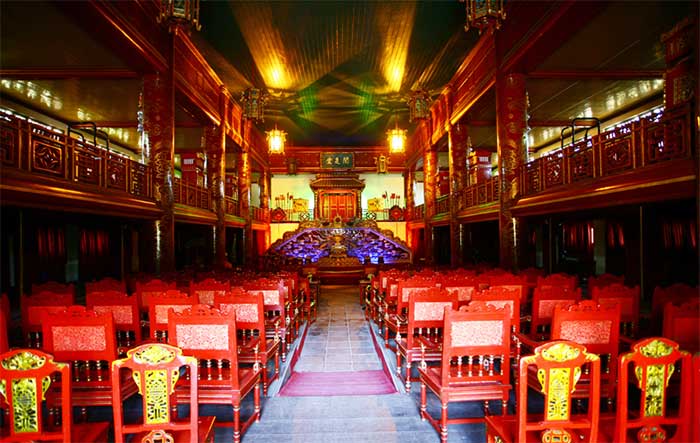
Duyet Thi Duong is a royal theater located in the Forbidden City (Imperial City, Hue Citadel) built in 1826 during the reign of King Minh Mang and is the oldest theater in Vietnam still remaining today.
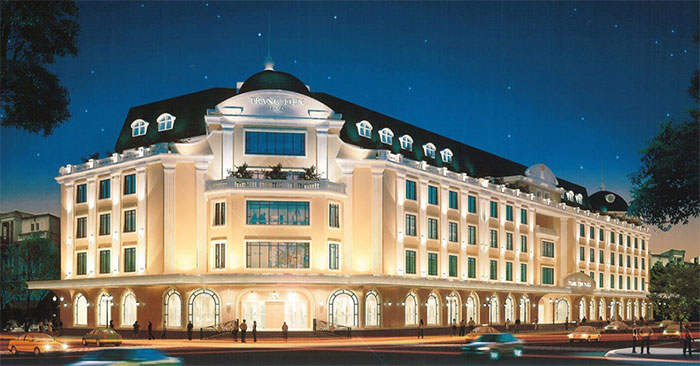
Maison Godard (or Grands Magasins Réunis), was first built in 1901, becoming a symbol of Hanoi and bearing significant historical marks. This place is now Trang Tien Plaza
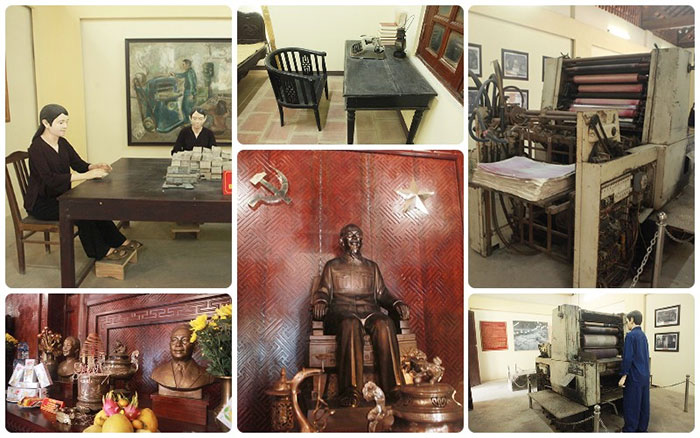
Chi Ne Plantation (Hoa Binh Province) was established in the late 19th century, covering an area of 7,331 hectares. The plantation was owned by Bô-Ren, a French national. In 1943, Bô-Ren sold the plantation to the family of Mr. Đỗ Đình Thiện for two thousand taels of gold. Later, Mr. Thiện donated it to the state to establish a money printing factory.
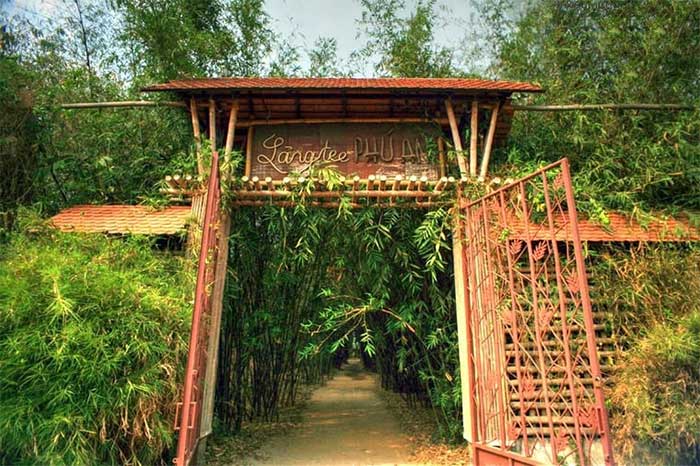
The project to build the Bamboo Ecological Reserve began in 1999 and includes a botanical museum and a bamboo ecological museum, which preserves and develops over 300 bamboo species. This is the first museum and ecological reserve for green bamboo in Vietnam and Southeast Asia.
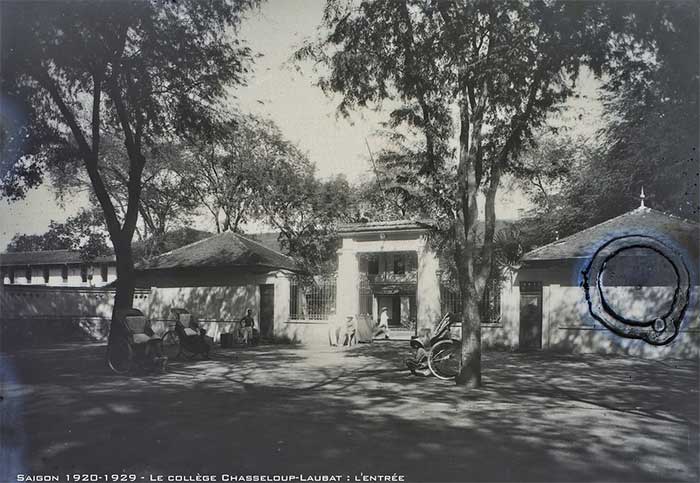
The school was inaugurated in 1874 and completed in 1877. At its founding in 1874, the school was named Collège Indigène. It was later renamed Collège Chasseloup Laubat. In 1954, the school was renamed Jean Jacques Rousseau. By 1970, it was returned to the Vietnamese and renamed Le Quy Don Educational Center. Since 1977, it has been known as Le Quy Don High School.

Vinasat-1 is a satellite project with a total investment of approximately 300 million USD and an operational lifespan of 15 years. At exactly 5:17 AM on April 19, 2008 (local time) from Kourou (French Guiana), Vietnam’s first commercial satellite Vinasat-1 was successfully launched into orbit.

Long Bien Bridge began construction on September 12, 1898, and is the first bridge built over the Red River by the French. The bridge was inaugurated on February 28, 1902, and has a length of 1,862 meters.


















































